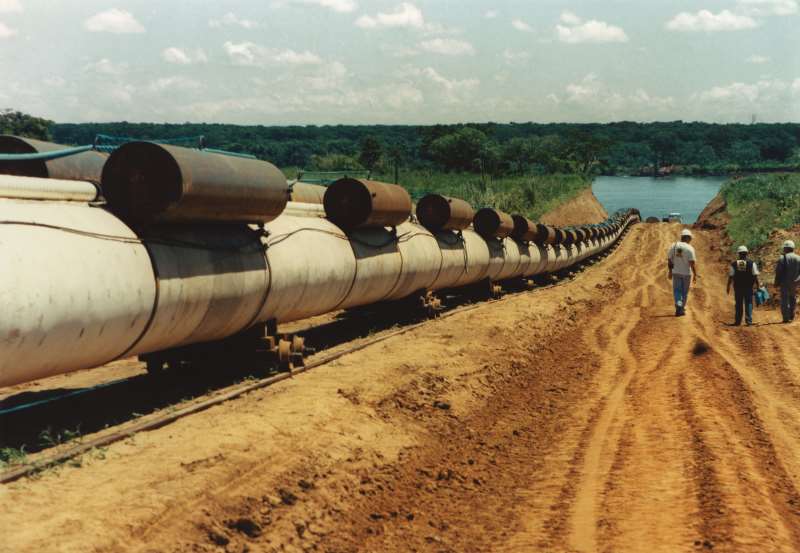RIO DE JANEIRO, BRAZIL – The next energy transmission auction, on June 30, 2022, will establish investments of R$12 billion (US$2.3 billion) in three lots to supply only the transmission of photovoltaic plants in the north of Minas Gerais state.
The cost will be passed on to the electricity bill for 30 years.
The amount corresponds to 80% of the total investment for 13 lots in the first transmission auction of 2022.

The main gas pipeline foreseen in the country has an updated cost estimate of R$9 billion. It is the project from São Carlos (São Paulo) to Brasília (Federal District), passing through Ribeirão Preto (São Paulo), Triângulo Mineiro (Minas Gerais), Goiânia and Anápolis (both in Goiás).
The pipeline would be connected to the national network through the Brazil-Bolivia pipeline. It is in the Energy Research Company’s (EPE) 2019 study. The 2021 law determines that only those who bankroll it without subsidies will be allowed to build and operate it.
With 3,150 km, the Brazil-Bolivia gas pipeline began operating in 1999, and its construction cost R$18 billion in updated value. The price at the time was US$2 billion. It would be US$3.5 billion today with US inflation.
ANALYSIS
Brazil wastes gas, an abundant energy source that would reduce the risks of fuel shortages if it were in use.
Currently, 45% of the pre-salt gas is reinjected into the wells for lack of infrastructure. There is a lack of gas pipelines to the coast and from there to the country’s main regions.
Ribeirão Preto, Triângulo Mineiro, Goiás, and Brasília could be supplied by the largest gas pipeline foreseen in the plan made to order by the government in 2019.
It would be possible to bring energy to homes, industries, vehicles, agriculture and build factories, including fertilizer factories, since gas moves equipment needed to extract minerals from the ground.
The government says it is against subsidies for the construction of gas pipelines.
At the same time, it maintains the policy of subsidizing solar and wind energy, intermittent sources (which do not give stability to the system), and whose growth is thanks to incentives paid by all consumers (many are not even aware of this).
The planet’s path is searching for clean and 100% renewable energy sources. In the Brazilian energy policy, there is no clarity about using less polluting energies (such as natural gas) and how the path to a more sustainable matrix could be.
It is noteworthy that while Brazil treats its own natural gas with less restraint, the United States shows interest in this energy matrix.
In the first meeting between presidents Jair Bolsonaro and Joe Biden, the possibility of the US financing the exploration and exportation of pre-salt natural gas to Europe was opened up, as revealed by Poder360.
The pipeline’s opposition repeats the mantra that they would require public spending of R$100 billion. Nobody knows where this figure came from. The fact is that the country’s main gas pipeline would cost close to R$9 billion.
The next transmission auction alone, dedicated to lines that will connect solar plants in northern Minas Gerais to the interconnected energy system, will close contracts with investments 37% higher than this.
In two years, it would probably be possible to build the gas pipeline from São Carlos to Brasília.
That is the time it took to build the polyduct from the Paulínia (São Paulo) refinery to the federal capital at the end of the 1990s, during the first term of President Fernando Henrique Cardoso.
Thanks to this project, gasoline and diesel fuel do not need trucks to be transported.
If the work on the gas pipeline had started at the beginning of the pandemic, it would already be finished.
How can the money be found for this kind of work? The same way transmission lines are financed: by spreading it over the years on the electricity bills of all consumers.
What would be the difference? The amount spent on gas pipelines would be much less than that invested in the transmission lines needed to bring solar and wind energy to the rest of the system.
With information from Poder360

